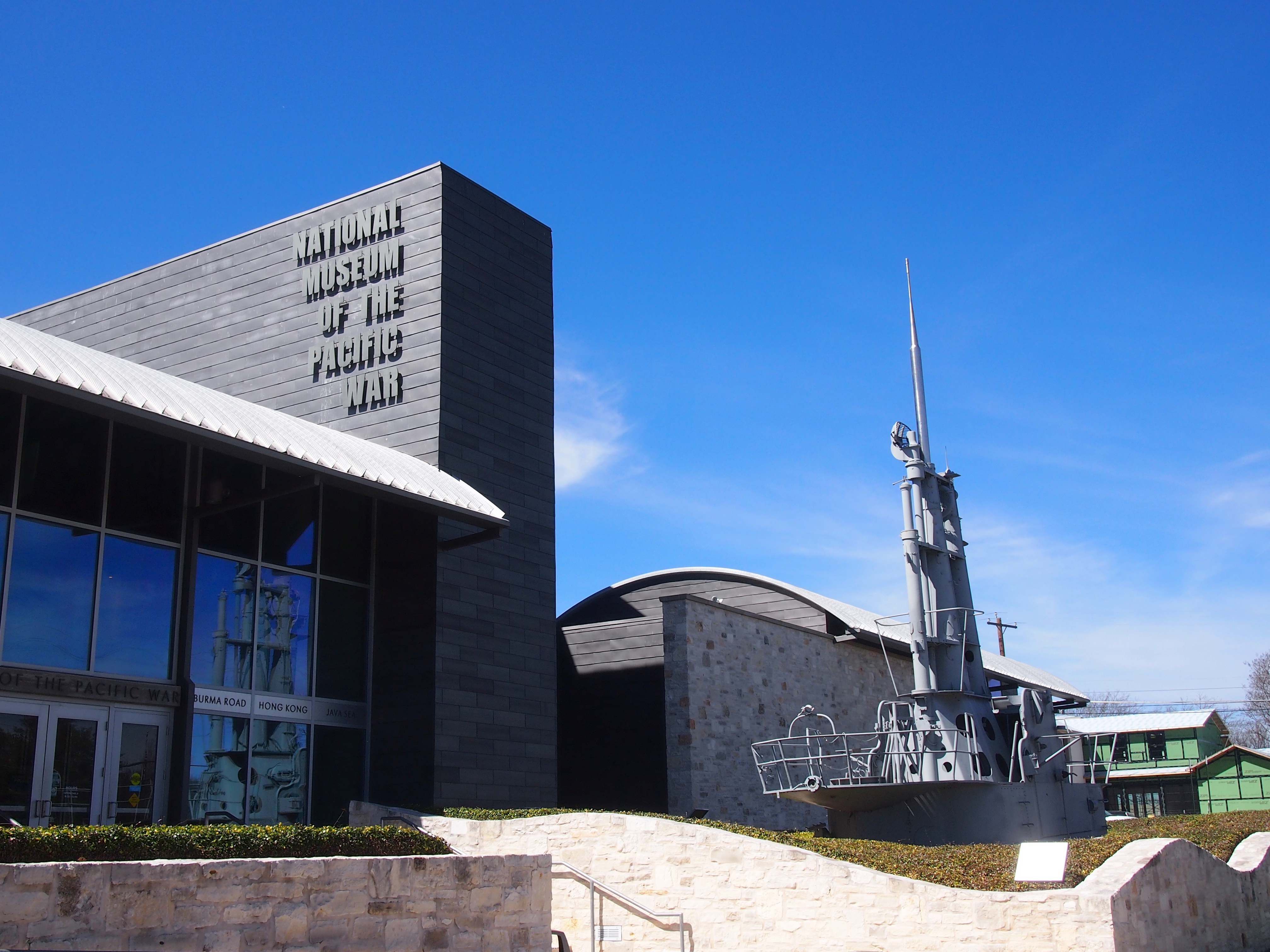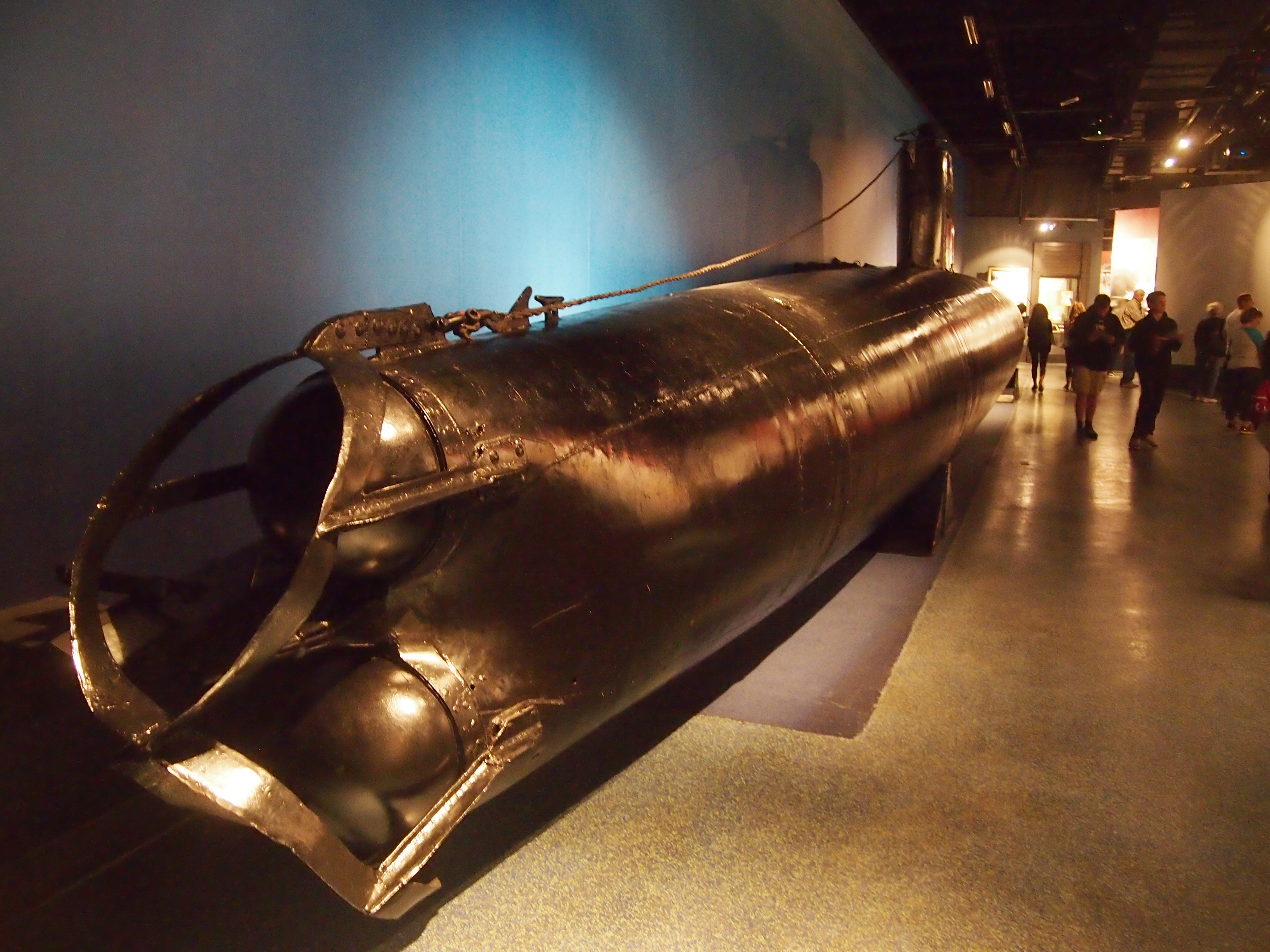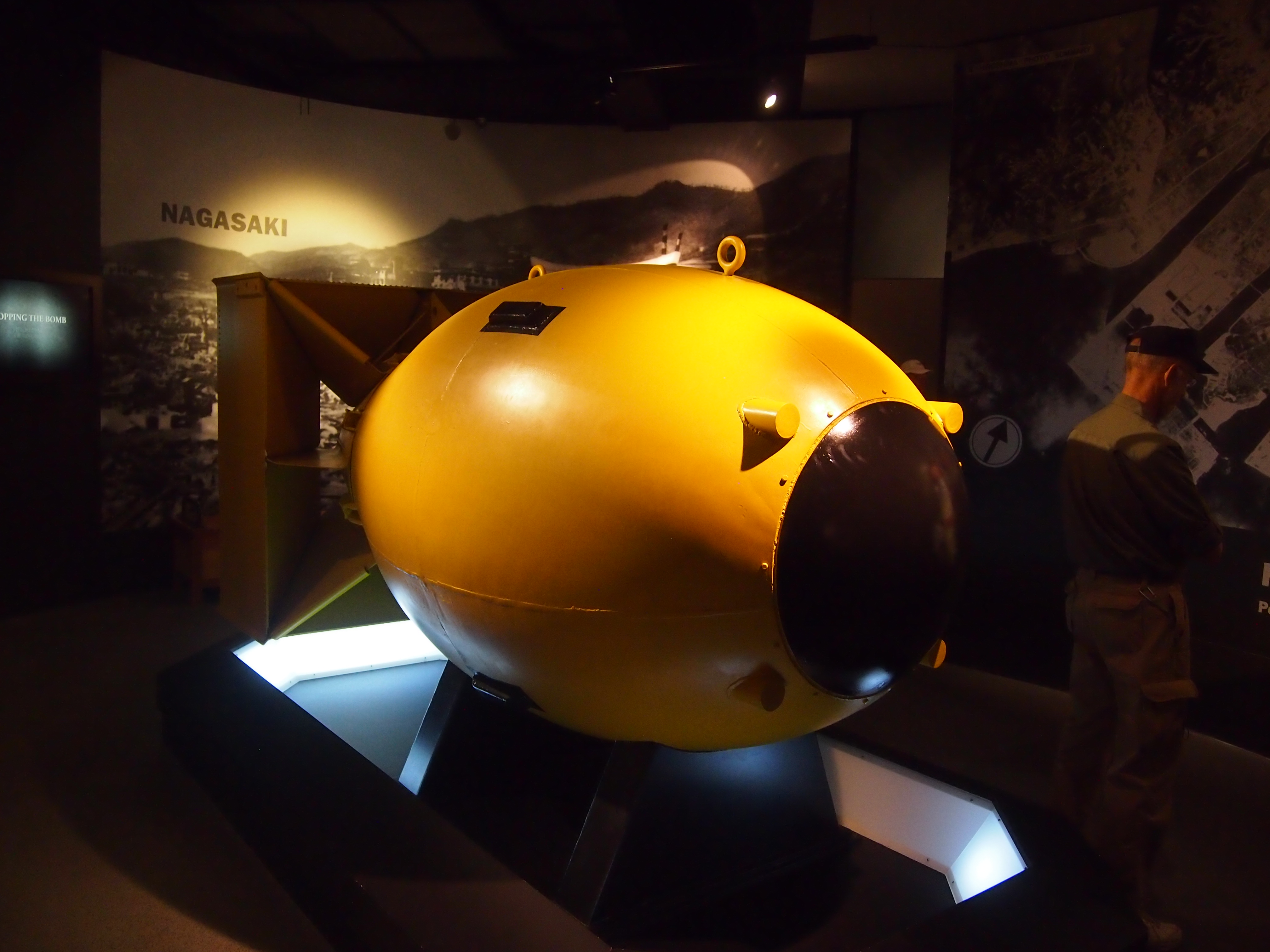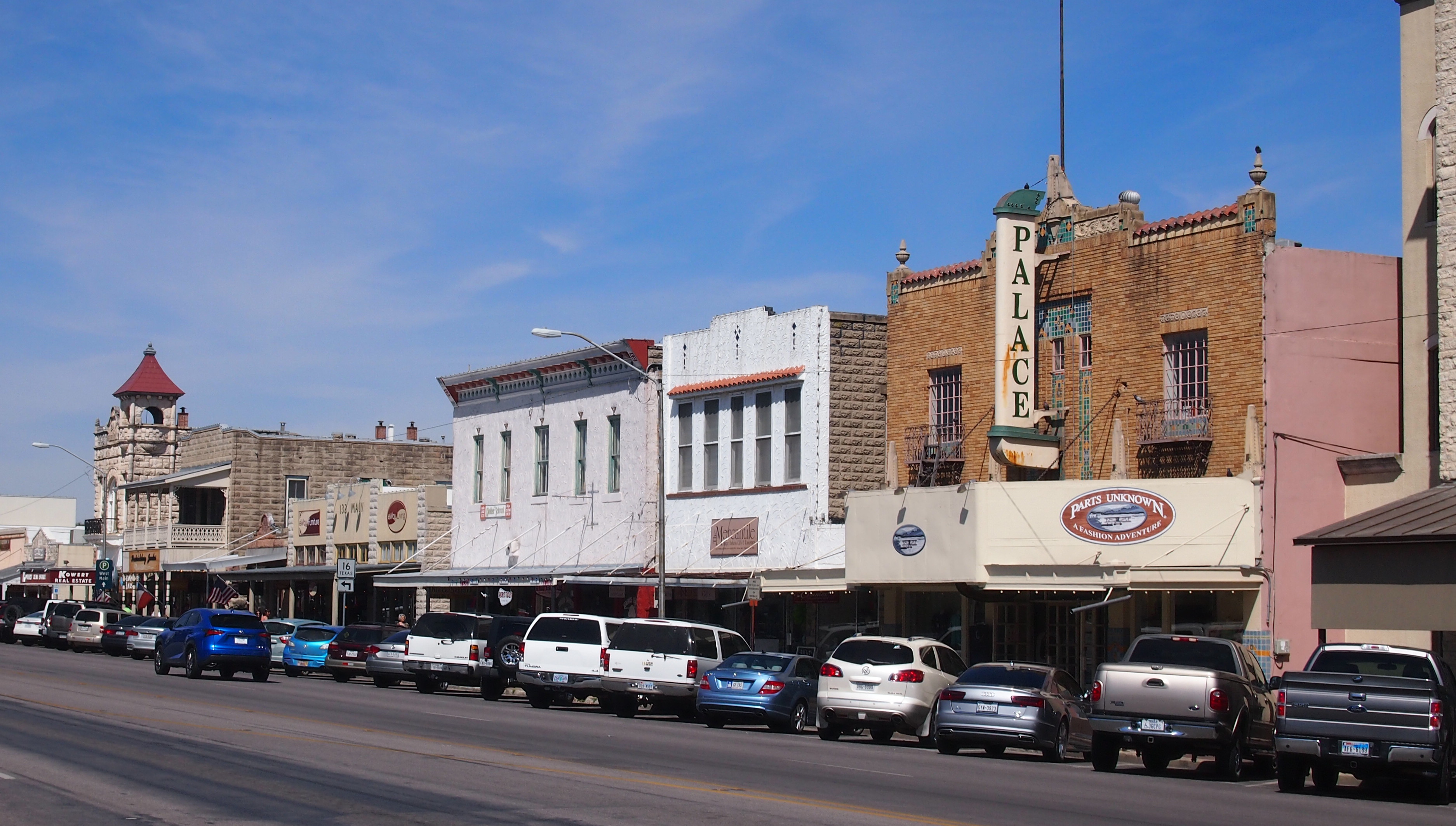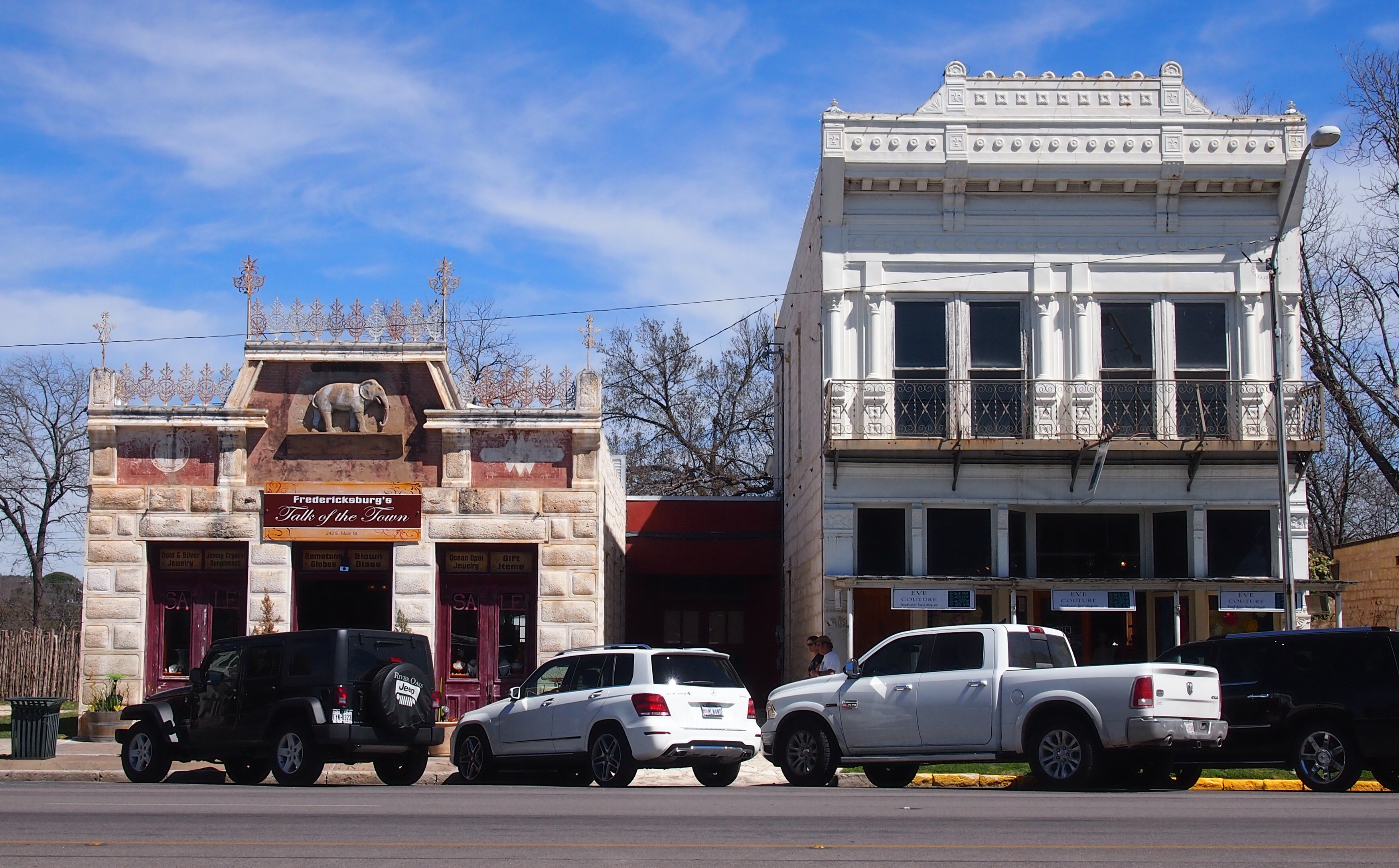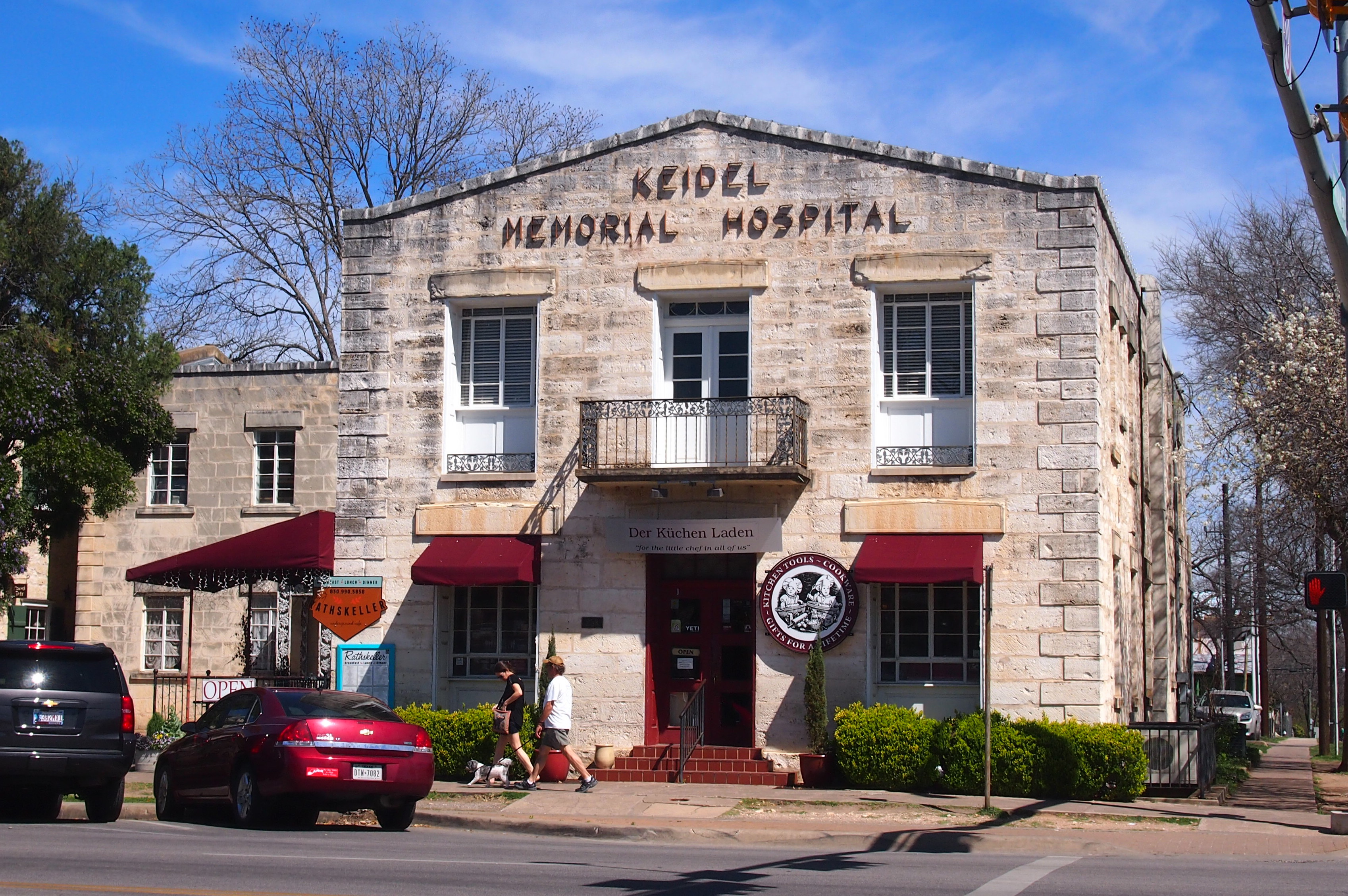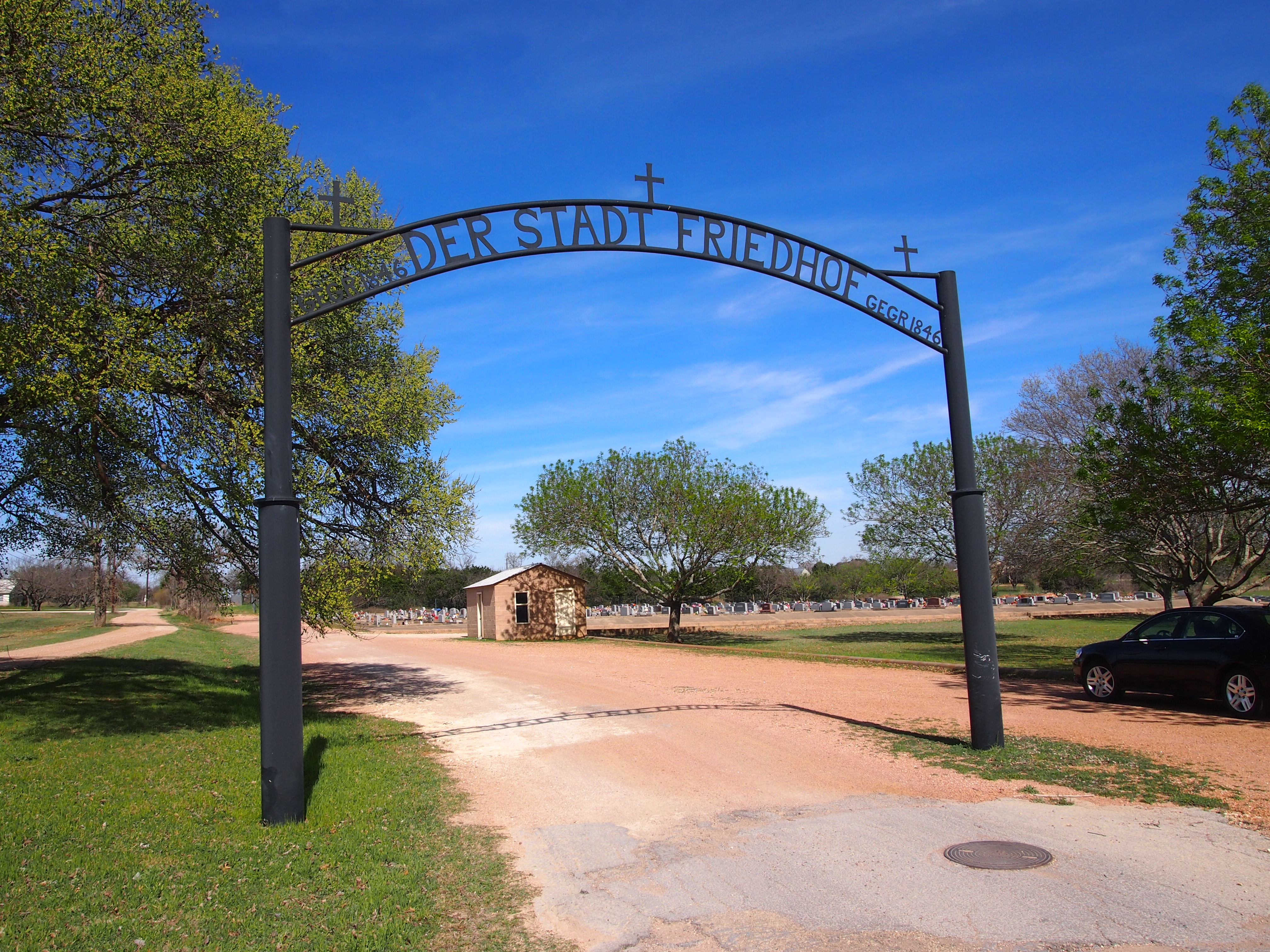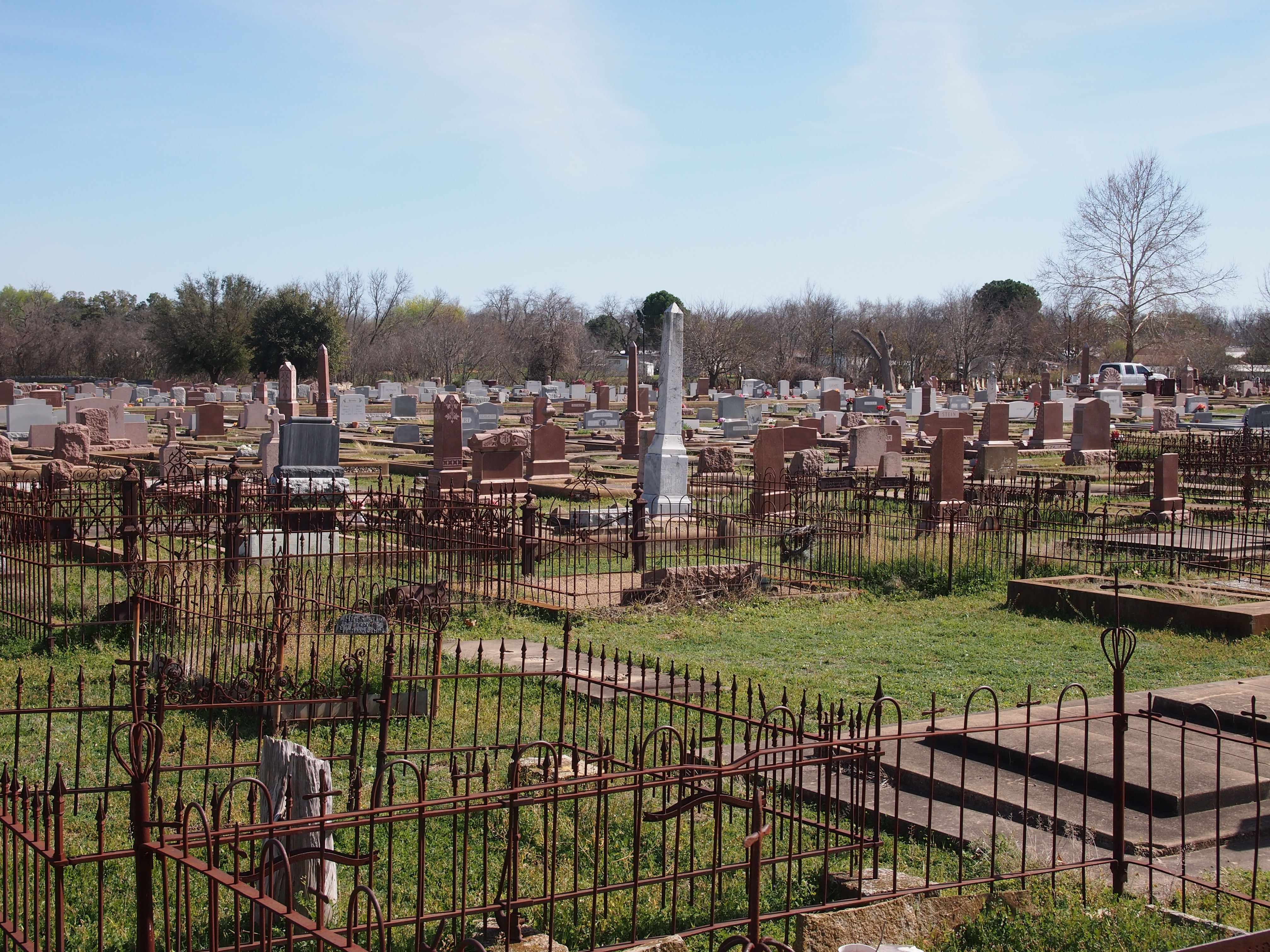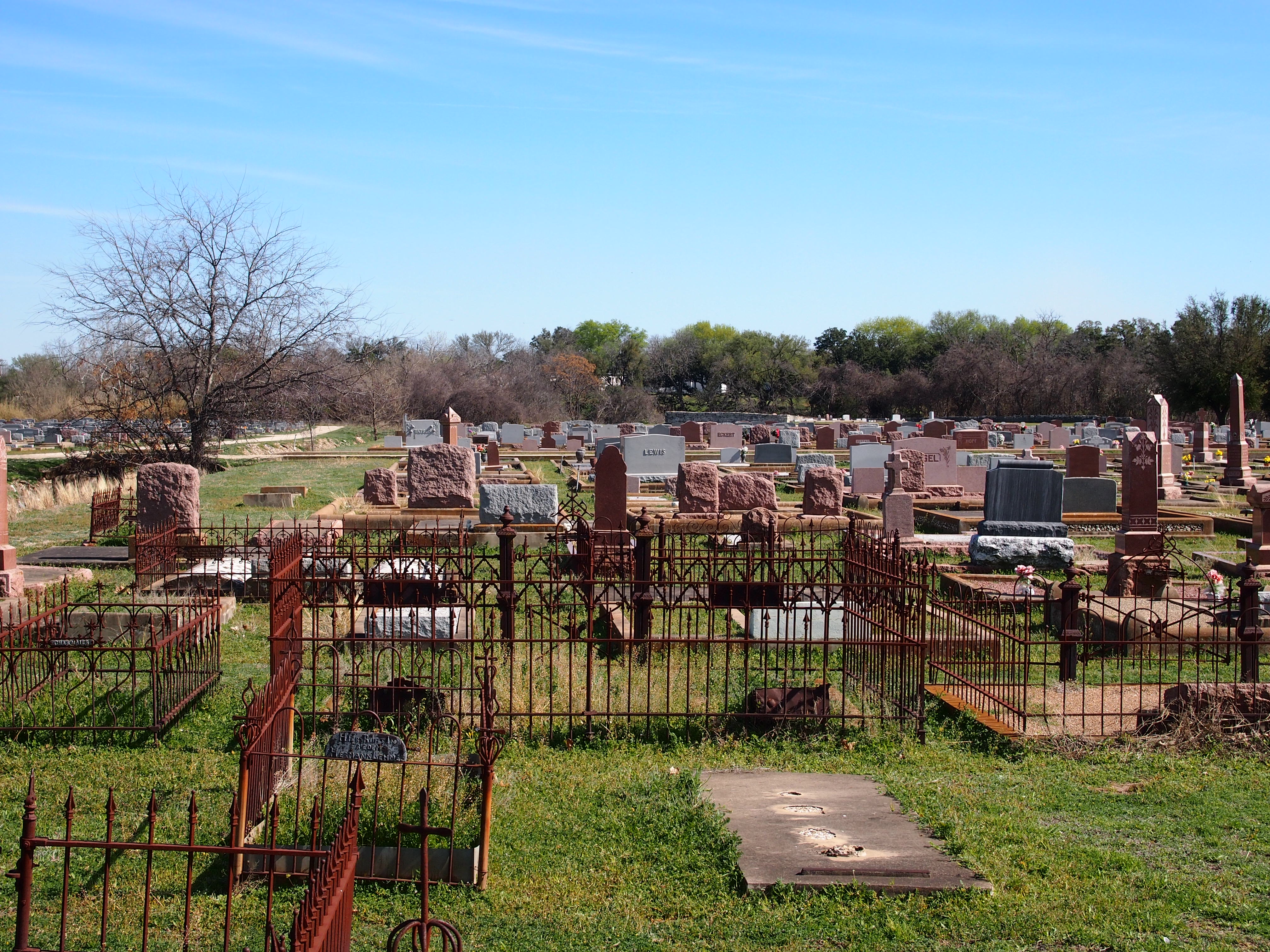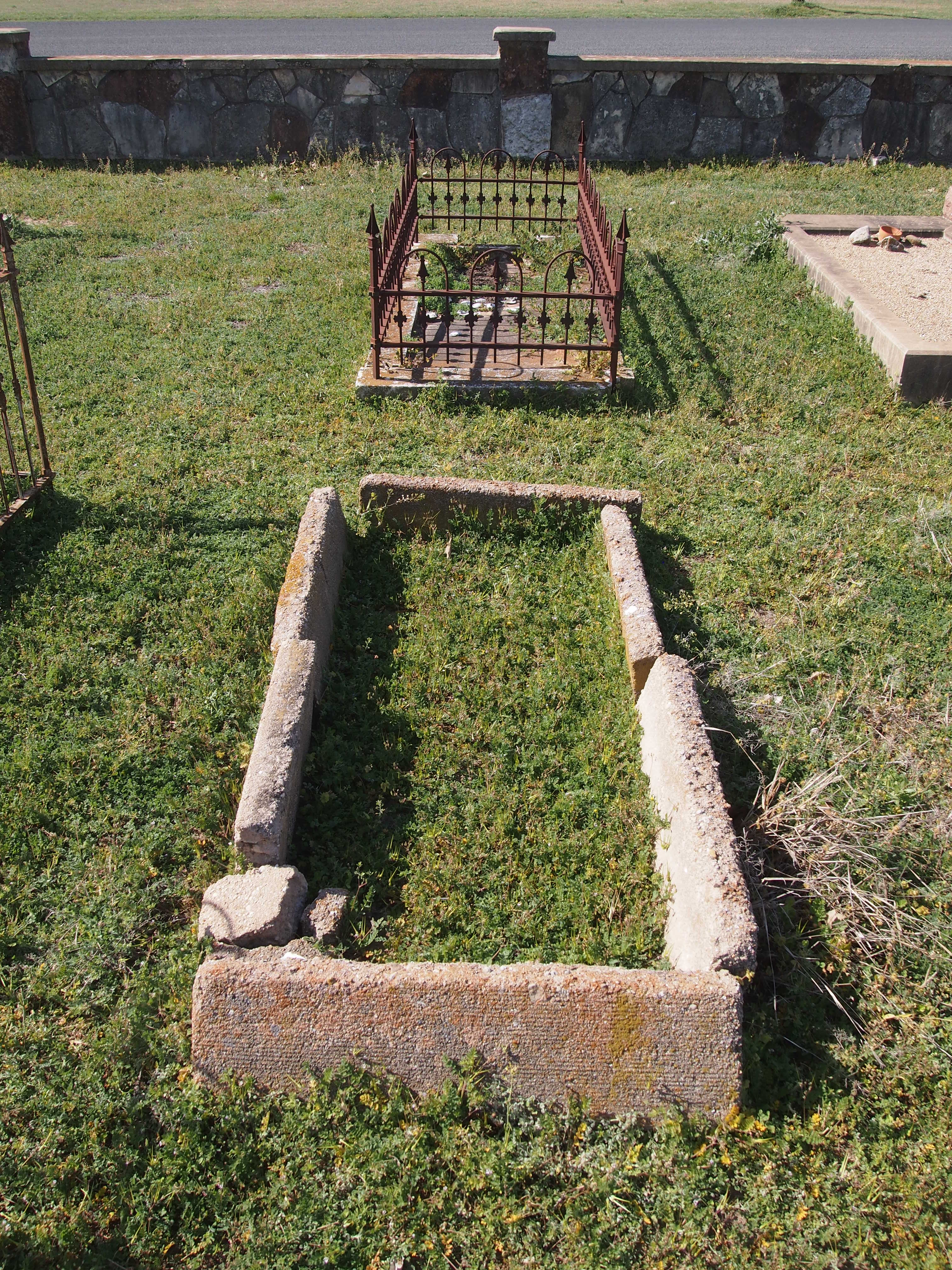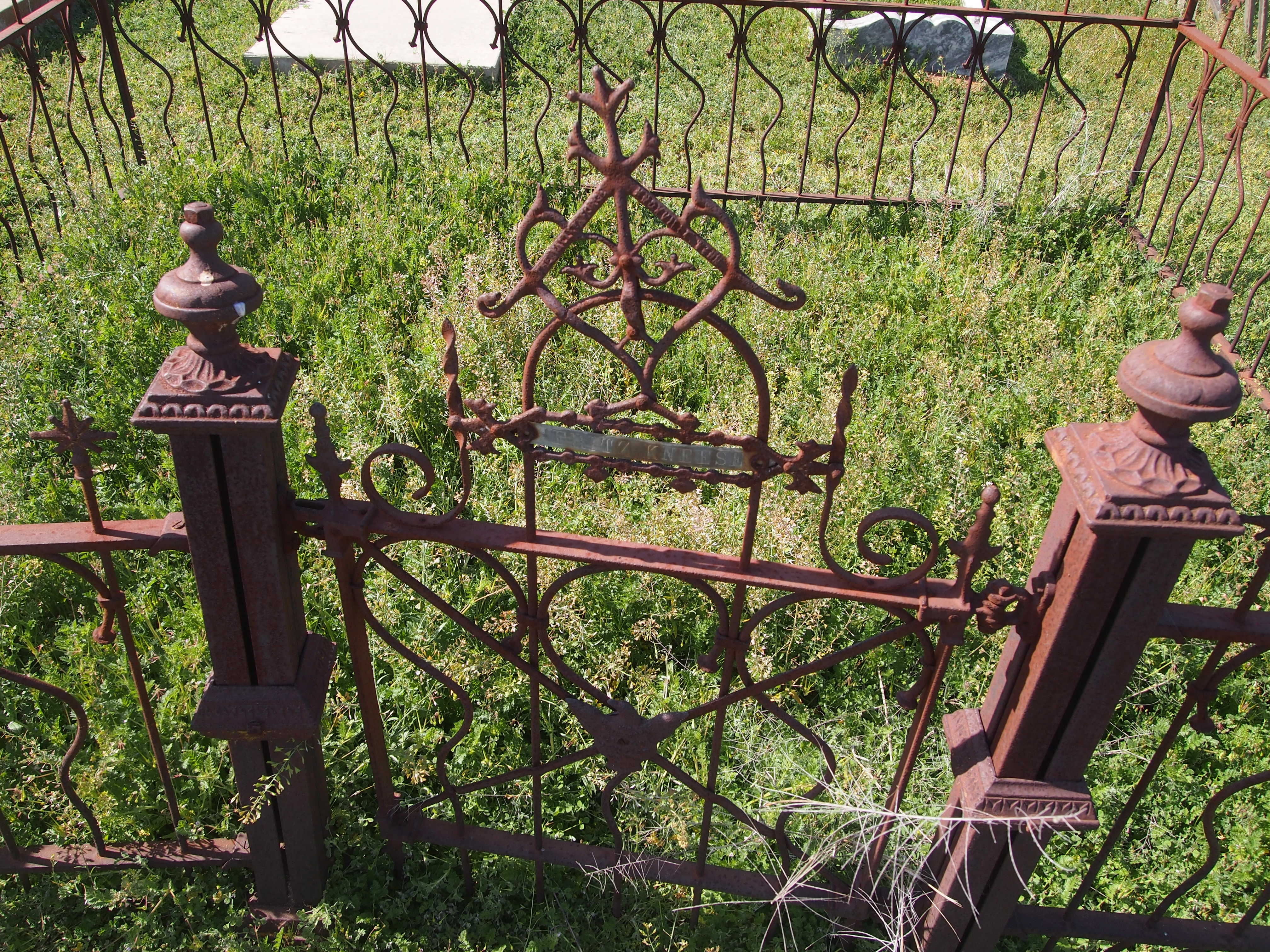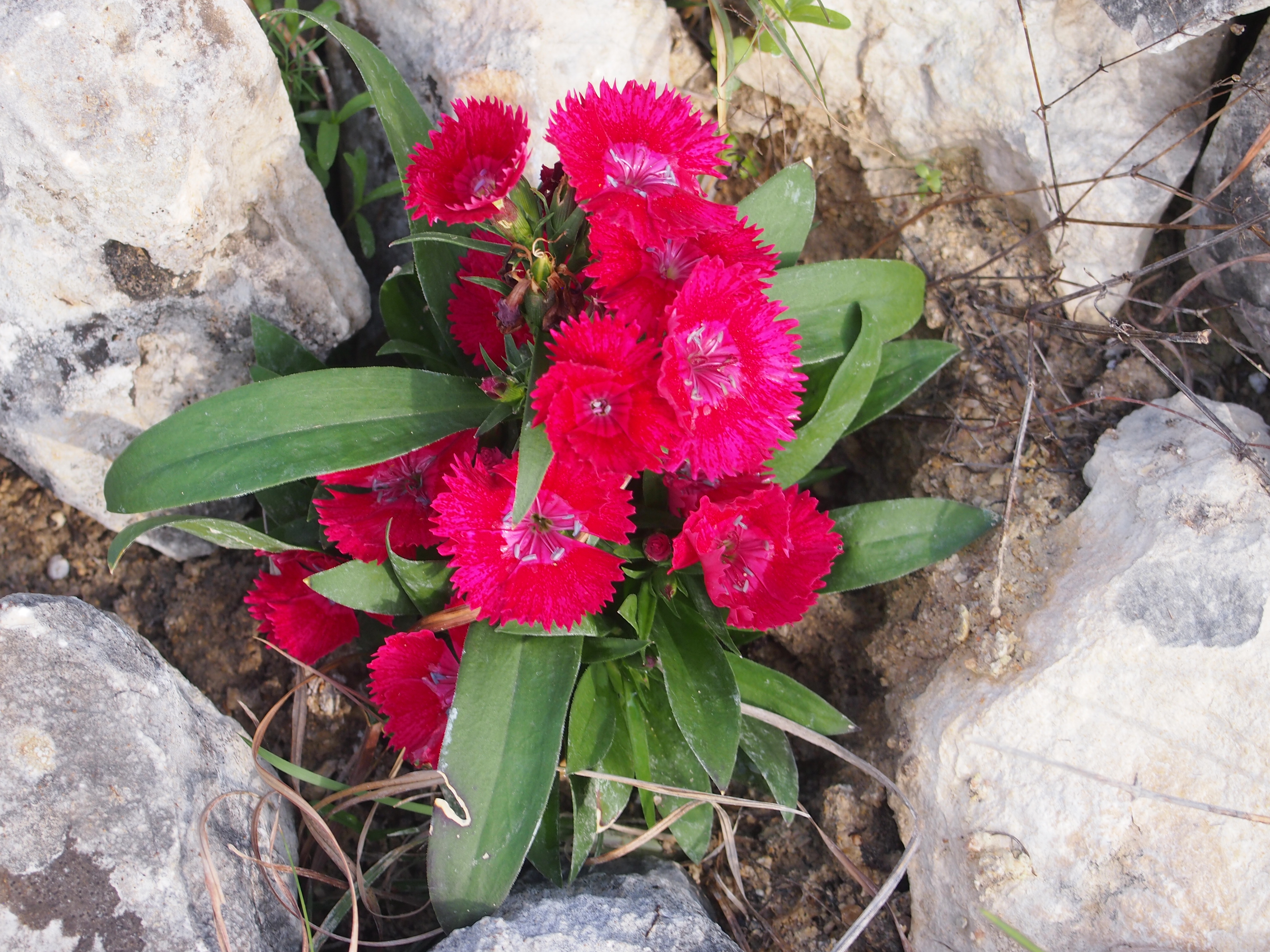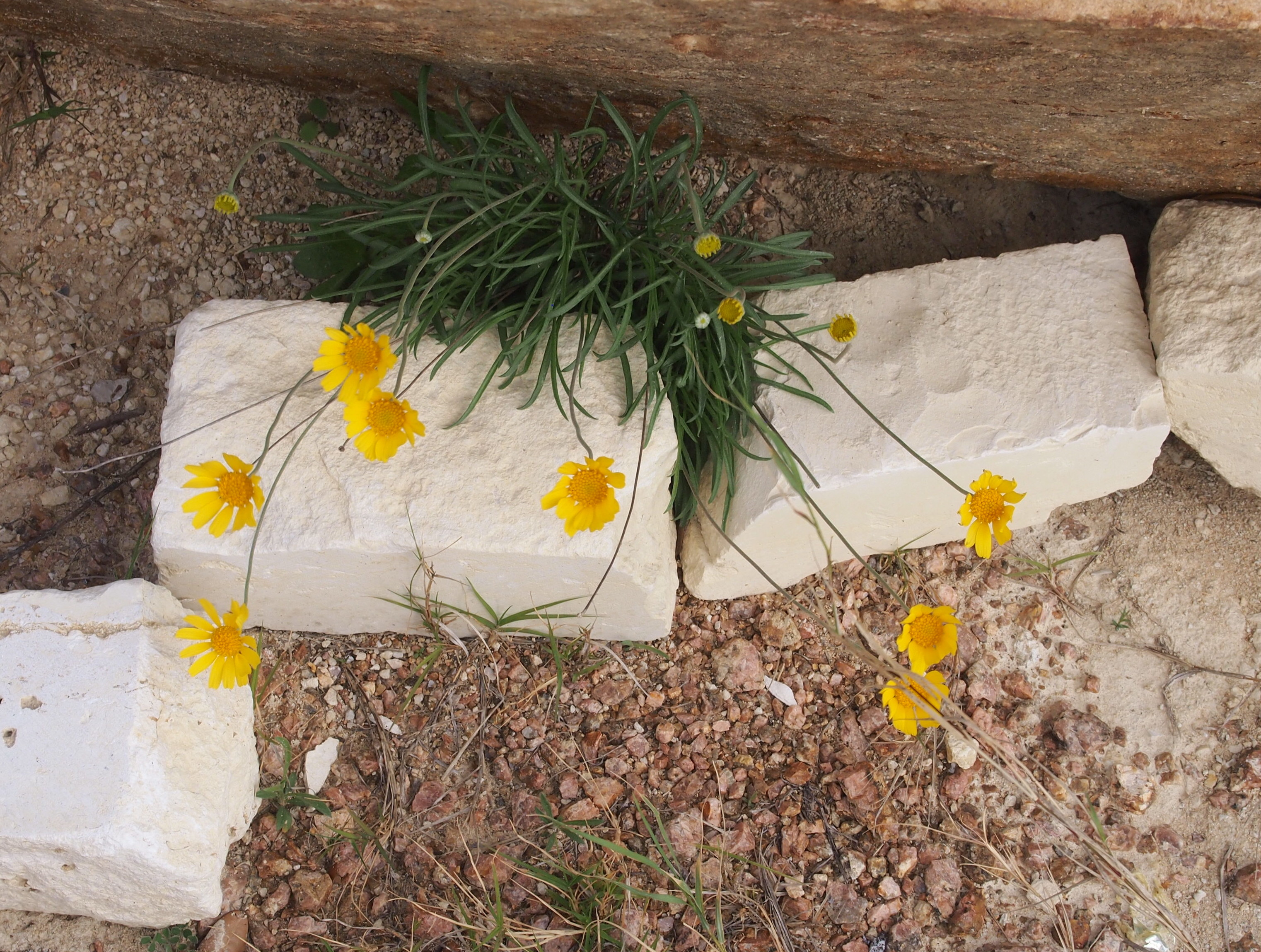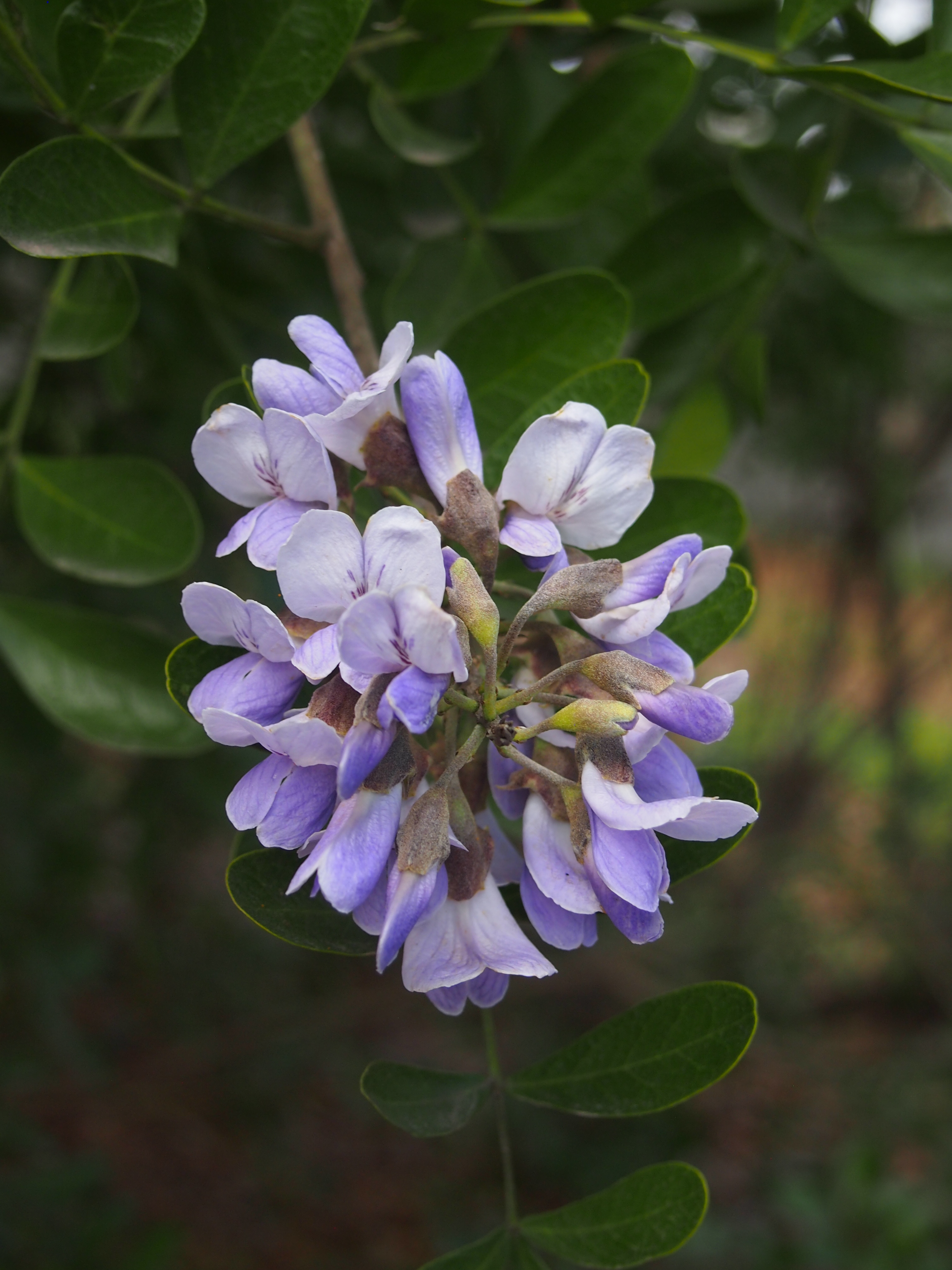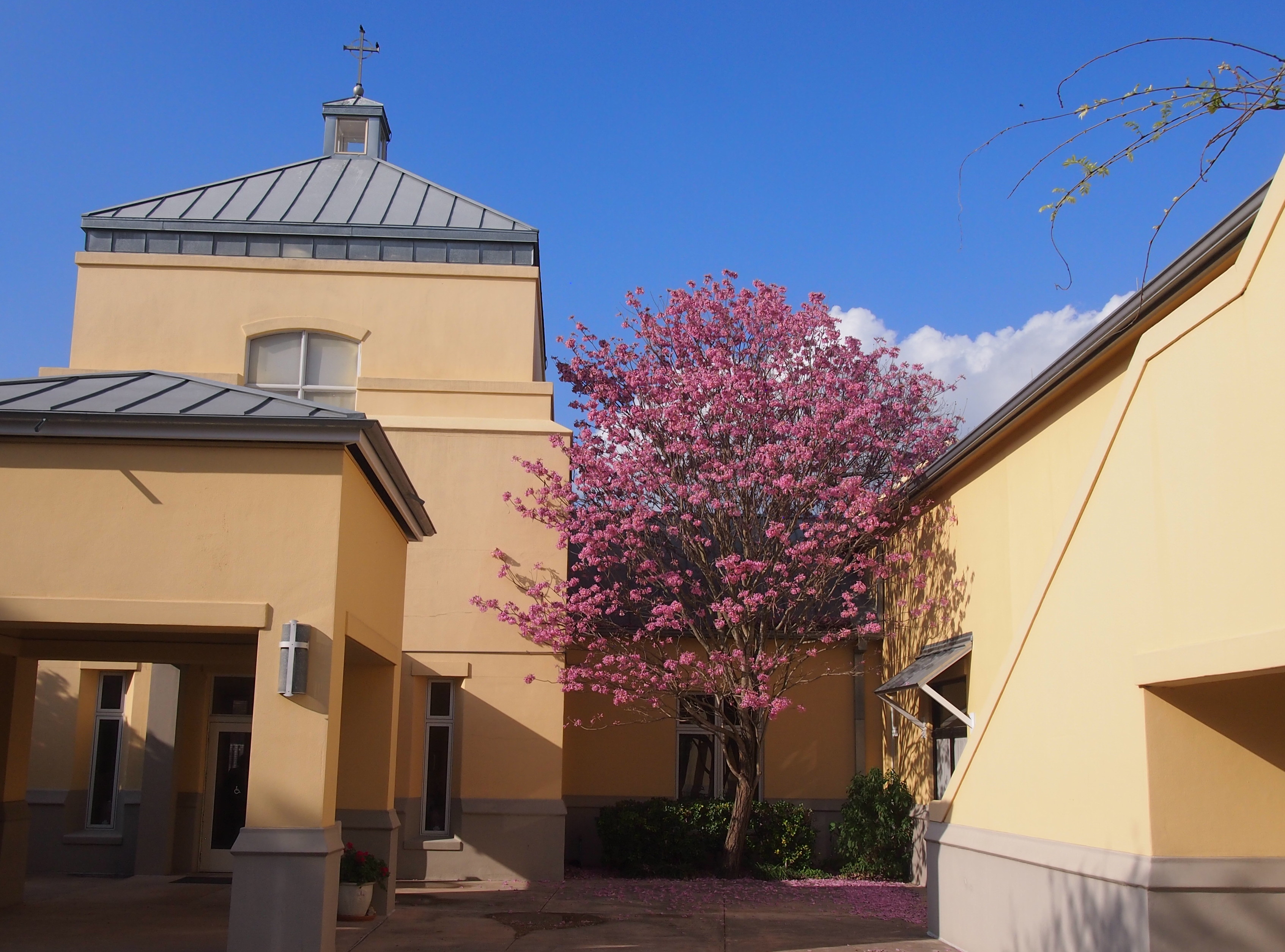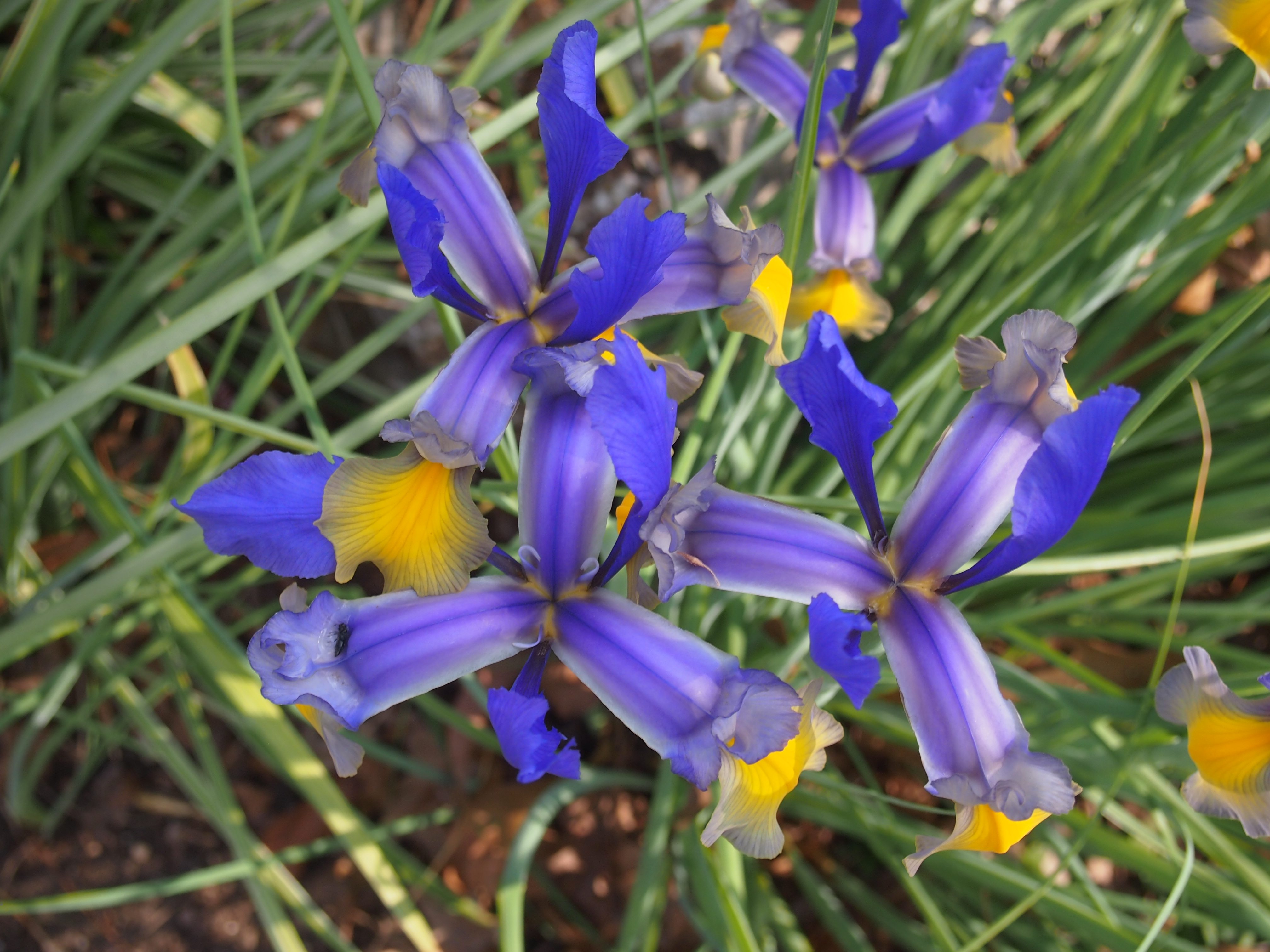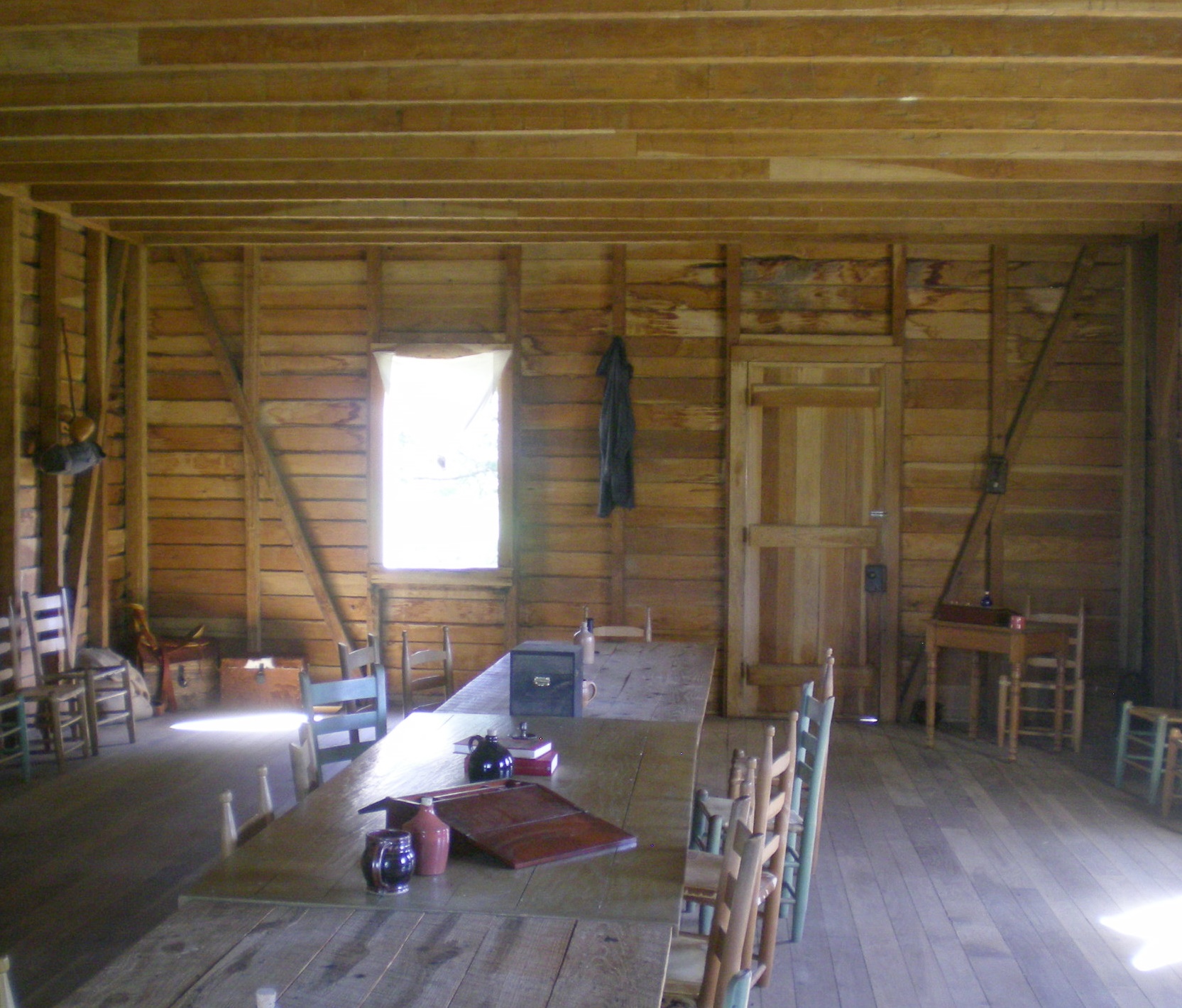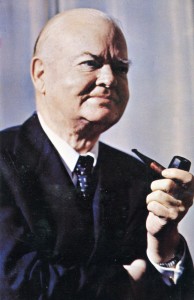Some years ago, I visited the “Texas White House,” that part of the Lyndon B. Johnson National Historical Park where President Johnson used to entertain politicos of various kinds, talk on the phone constantly, and perhaps watch all of the network news programs at the same time, though the picture I’ve seen of him doing that was at the regular White House. The Texas White House is on the LBJ Ranch near Stonewall, Texas, along with a number of other structures.
Not far away, in Johnson City, Texas, is another unit of the National Historic Park, which includes the Johnson’s boyhood home. En route from Austin to San Antonio on March 6 — I didn’t take the most direct way — I stopped at the boyhood home and caught the last tour of the day.
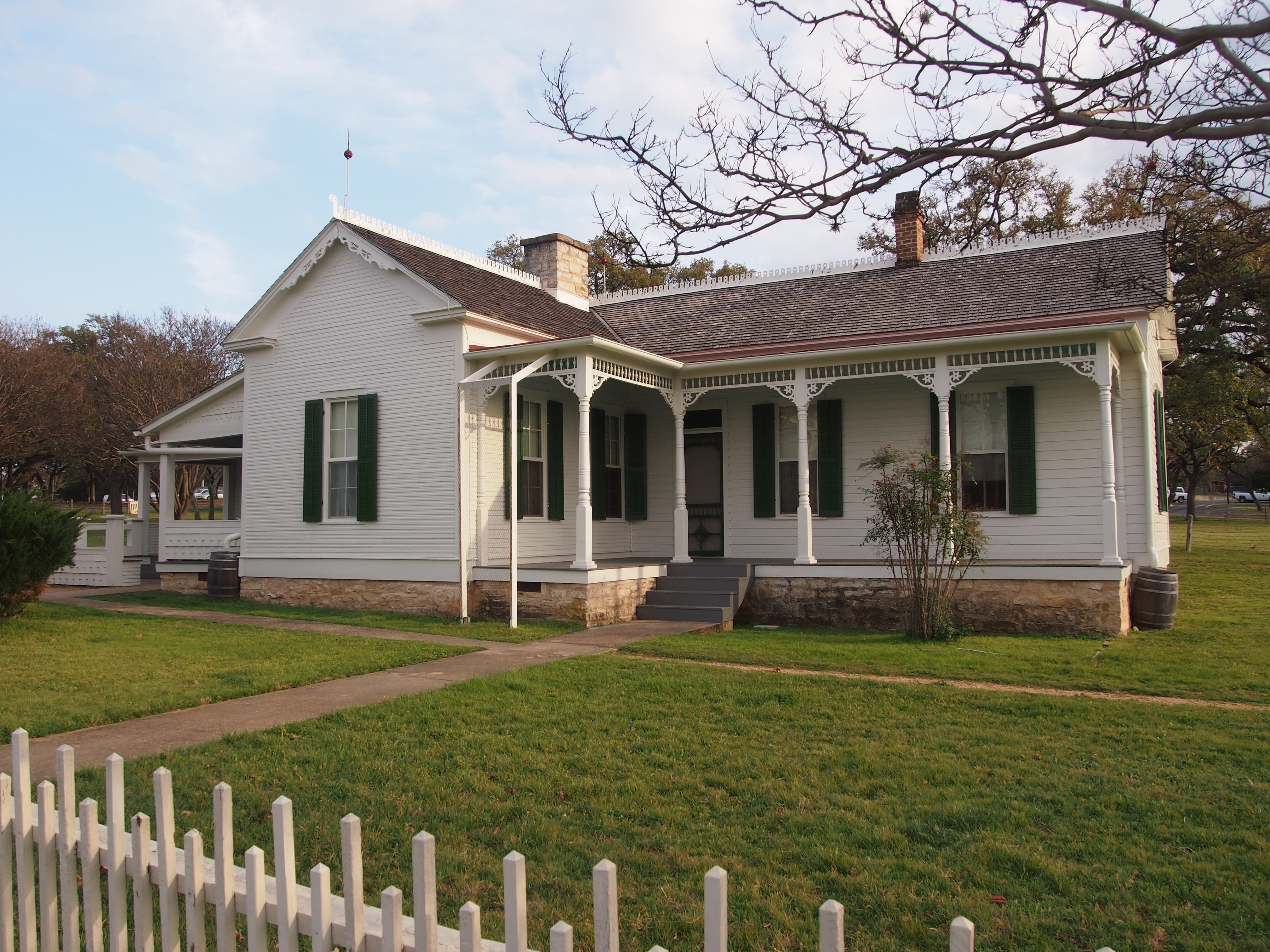 “Lyndon Johnson’s family moved from a farm near Stonewall, Texas, to Johnson City (a distance of about fourteen miles) two weeks after his fifth birthday, in September 1913,” the NPS says. “For most of the next twenty-four years, this was their home…
“Lyndon Johnson’s family moved from a farm near Stonewall, Texas, to Johnson City (a distance of about fourteen miles) two weeks after his fifth birthday, in September 1913,” the NPS says. “For most of the next twenty-four years, this was their home…
“In February 1937, Lyndon Johnson returned home from Austin to seek the advice of his father — should he run for Congress? It was the first week of March, 1937, when Lyndon Johnson stood on the porch of his boyhood home to announce his candidacy for the U.S. House of Representatives for the Tenth District of the State of Texas.”
We too stood on the porch — me and the two other people on the tour. Our docent was knowledgeable, which is always good to find in out-of-the-way presidential sites. He was able to convey some sense of the Johnson family, and their Hill Country environs, during LBJ’s younger years.
Lyndon might have asked his father for advice, but Samuel Ealy Johnson Jr wasn’t entirely successful as a politician, or as a businessman. This might have been the source of some tension in the household, and perhaps spurred the younger Johnson to think bigger in terms of a political career, though plumbing the motives of historic figures involves speculation. In any case, it was probably important to the future cast of LBJ’s mind that his father entertained other local politicos on that same porch, within earshot of the boy.
The house itself is handsome and fairly spacious, which indicates that the elder Johnson had some financial success. A few of the items currently inside belonged to the Johnson family, but most of them are period pieces. During Johnson’s boyhood, none of the houses in Johnson City were electrified, including their house. That part of Texas was ultimately electrified through the efforts of Congressman Johnson via a Rural Electrification Administration loan.
According to the LBJ Library, he wrote in a 1959 letter, “I think of all the things I have ever done, nothing has ever given me as much satisfaction as bringing power to the Hill Country of Texas.”
